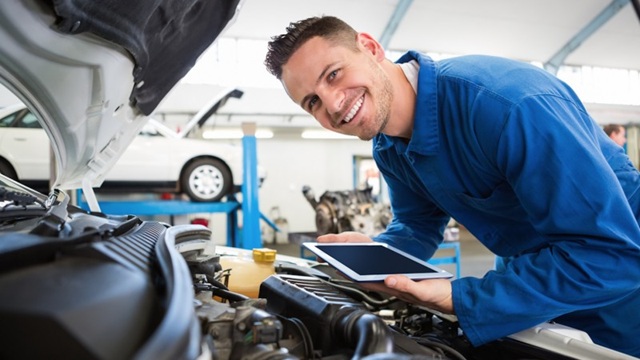The Role of Body Panels in Vehicle Safety: More Than Just Exterior Protection
When most people think about car safety, features like airbags, seatbelts, and crumple zones come to mind. However, body panels—those metal and composite surfaces that form the outer skin of your vehicle—play a surprisingly important role in keeping you safe. Far beyond their aesthetic appeal, body panels are carefully engineered to contribute to your car’s structural integrity, especially during collisions.
First Line of Defense in a Crash
Body panels act as the outermost shield in an accident. While they may not absorb as much energy as dedicated crumple zones, panels like the hood, fenders, and doors help distribute impact forces and initiate energy dissipation. In frontal collisions, for example, the hood can crumple in a controlled manner, working with internal structures to reduce the severity of the impact transferred to the passenger cabin.
Similarly, side body panels are designed to deform in a way that channels energy away from the occupants. Reinforced door beams and properly aligned panels help prevent intrusion into the cabin during side-impact crashes. The experts at the Auto Repair in Albany, OR based service would be offering the best deals there.
Structural Support and Rigidity
Modern vehicles are designed as integrated structures, with body panels contributing to the overall rigidity and stability of the frame. This is especially true in unibody construction, where the body and frame are a single unit. In such vehicles, the alignment and condition of body panels directly affect how well the car holds its shape in both everyday driving and during a collision.
Properly fitted body panels also help maintain the alignment of doors, hoods, and trunks—ensuring that safety features like airbags deploy correctly and that the cabin remains sealed during a crash or rollover.
Crash Energy Management and Crumple Zones
Vehicle engineers design body panels to work in harmony with internal supports and crash-absorbing structures. For instance, the front and rear ends of cars are built to crumple in specific ways, using both visible panels and hidden reinforcements. These controlled deformations help absorb kinetic energy, slowing the vehicle more gradually and reducing the forces on passengers.
Panels that are too rigid, poorly repaired, or replaced with substandard aftermarket parts can compromise this design, potentially leading to worse outcomes in an accident.
Post-Collision Repairs and Panel Integrity
After a collision, it’s not just about restoring the appearance of your vehicle. Properly repairing or replacing damaged body panels is critical for ensuring that your car remains safe. Poorly installed panels, incorrect welding techniques, or non-OEM (original equipment manufacturer) parts may not meet factory safety standards.
Certified repair shops use manufacturer guidelines to ensure that replacement panels are structurally sound and correctly integrated into the vehicle’s safety system.
Conclusion
While body panels might look like cosmetic elements, they serve vital safety functions in modern vehicles. From absorbing impact energy to preserving structural rigidity, they work hand-in-hand with other systems to protect occupants. Keeping your body panels in good condition—and ensuring quality repairs after damage—is essential for maintaining the safety and performance of your vehicle.


